Soviet space programme: Philipp Meuser lifts the lid on the seminal cosmic design of Galina Balashova
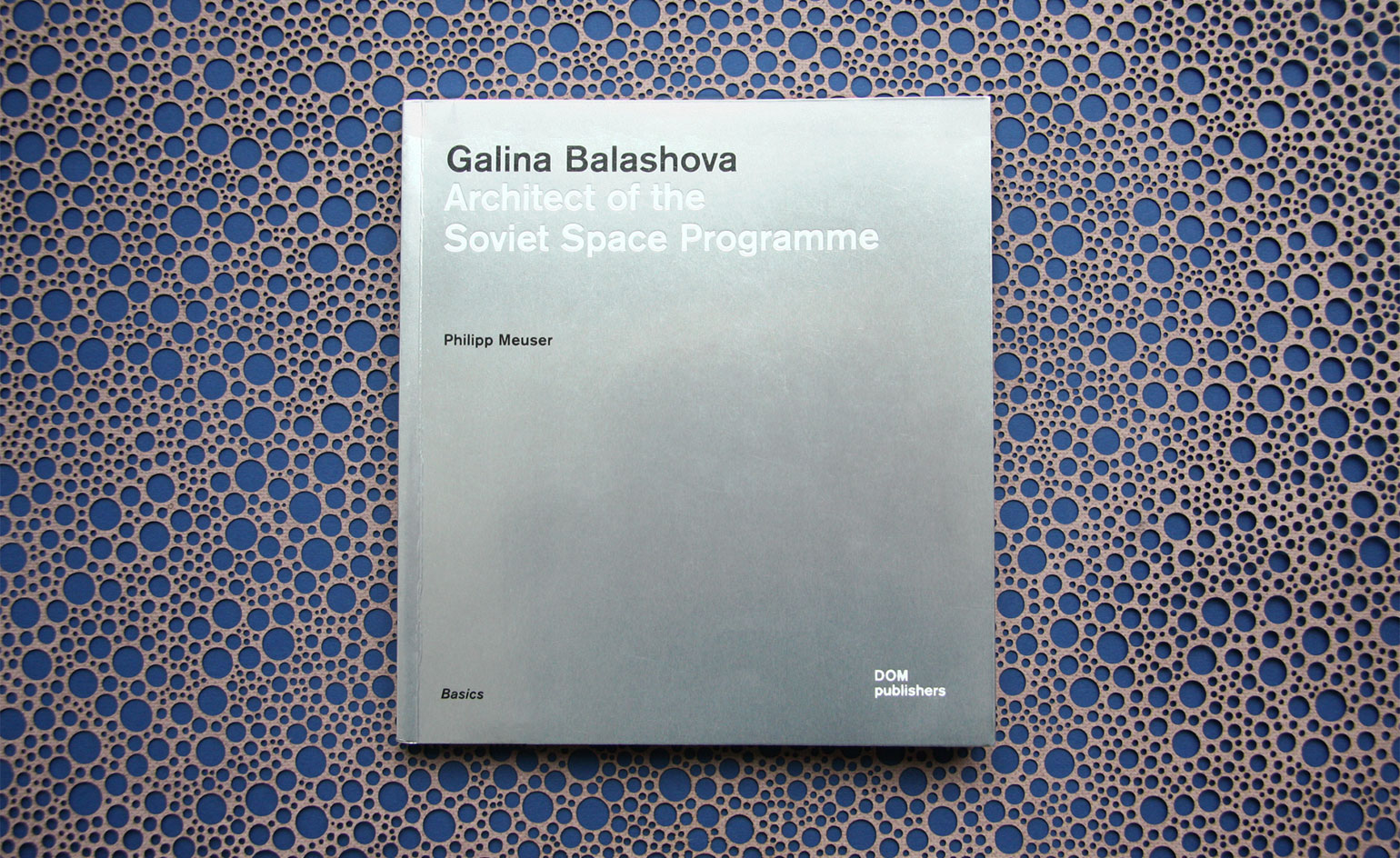
With this modest monograph, Philipp Meuser lifts the lid on a little considered figure in the annals of space exploration. Galina Balashova still lives in Moscow but spent the best part of her life shaping the forms, ergonomics, colour, style and typography of Soviet Russia's ambitious space programme. Meuser reproduces a host of beautiful watercolours from the architect's personal archives, kept off-limits by Soviet secrecy for many years.
The internet has brought a closer focus on the technology and achievements of the Soviet push into space, with a relentless emphasis on abandoned plans, ruined schemes and the perception of a barely plumbed-together fleet.
Balashova's precise brush and eye for colour dispels all that in a single image – a space capsule that looks as put together and composed as an Arne Jacobsen hotel room, or a page of colour swatches that look desperately contemporary.
From Soyuz, to Mir, Buran and beyond, Balashova created interiors, logos and badges, contributing a personal touch to the programme that went above and beyond. Perhaps her most poignant works were small watercolour scenes of Russia for incorporation into the spacecraft, to buoy memories of the motherland. 'These pictures no longer exist, since they were incinerated with those parts of the spacecraft that burn up during landing,' she writes, 'However, each individual watercolour remains engraved in my memory and hopefully in those of the cosmonauts.'

From the book: this Apollo-Soyuz emblem was designed by Balashova and is the most famous emblem in history of space travel. Left: the emblem test project that adorned the letterhead stationary of the Soviet space agency in 1975.
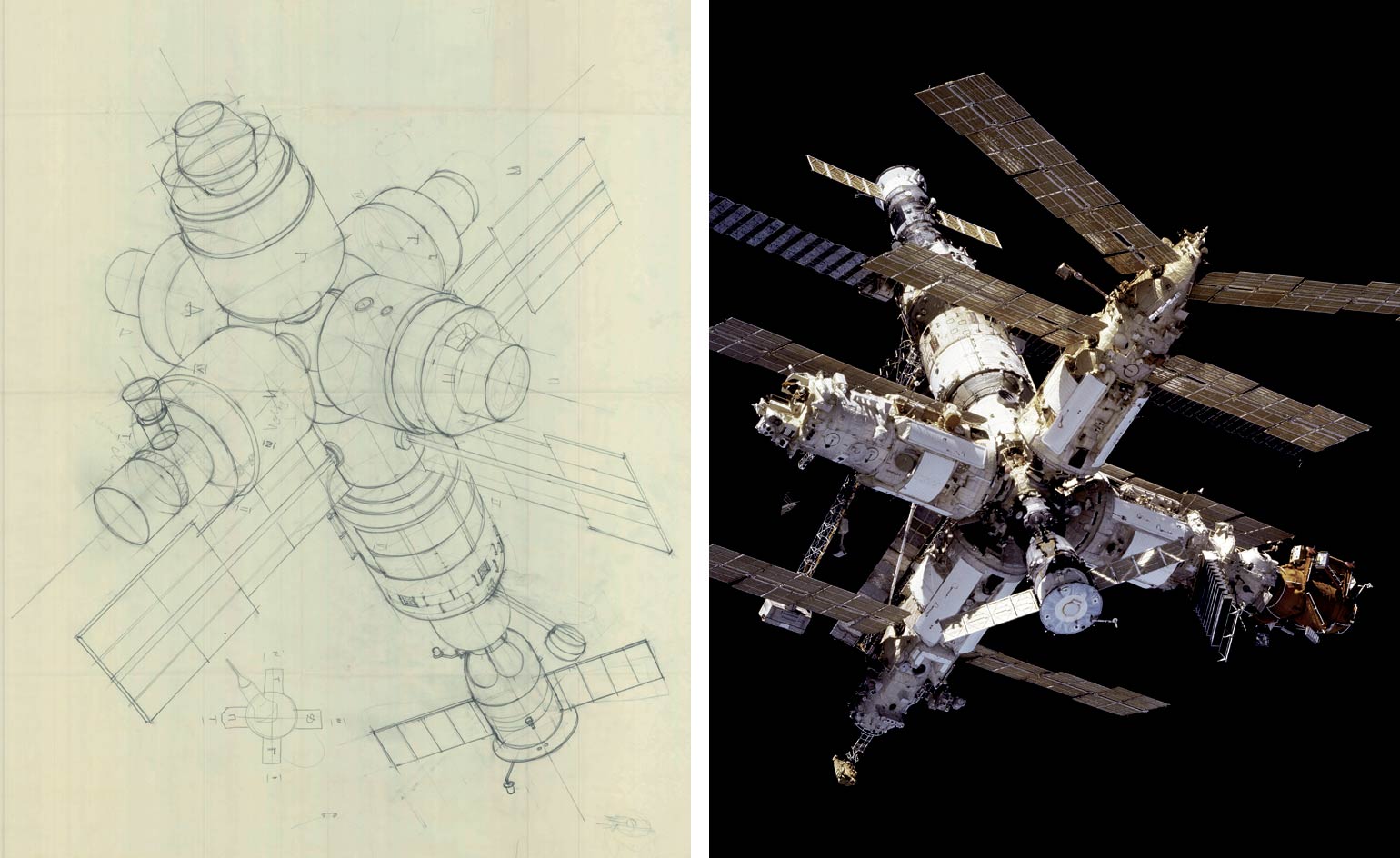
Left: design for the Mir space station, including modules, 1976 – 1986. Right: Mir space station, taken in January 1997.
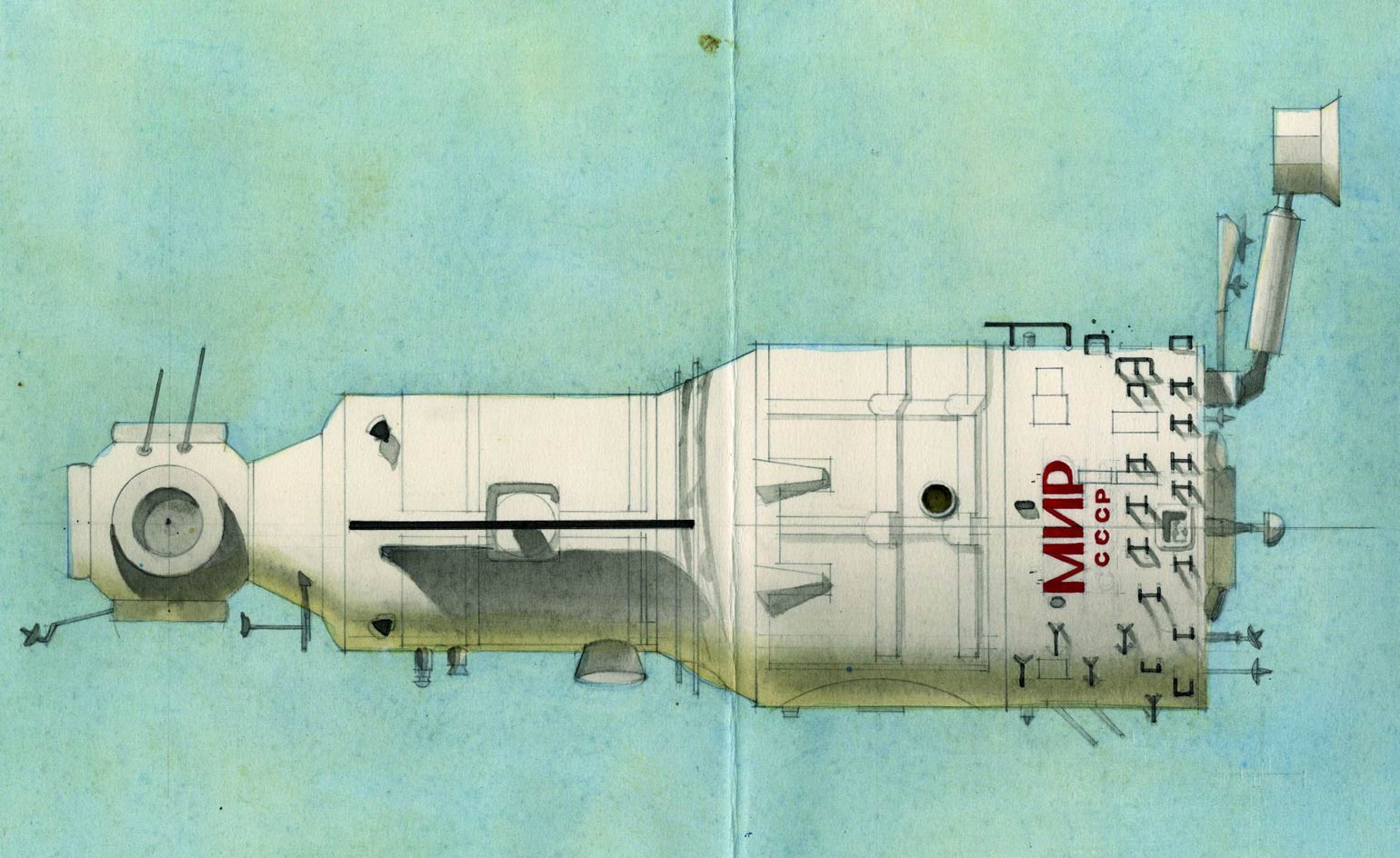
Meuser also reproduces a host of Balashova's beautiful watercolours. Pictured: design outlining the location of the name 'Mir' on the space station's outer surface, 1980.

Design for the typography on the space shuttle from the Buran programme, variant Baikal.
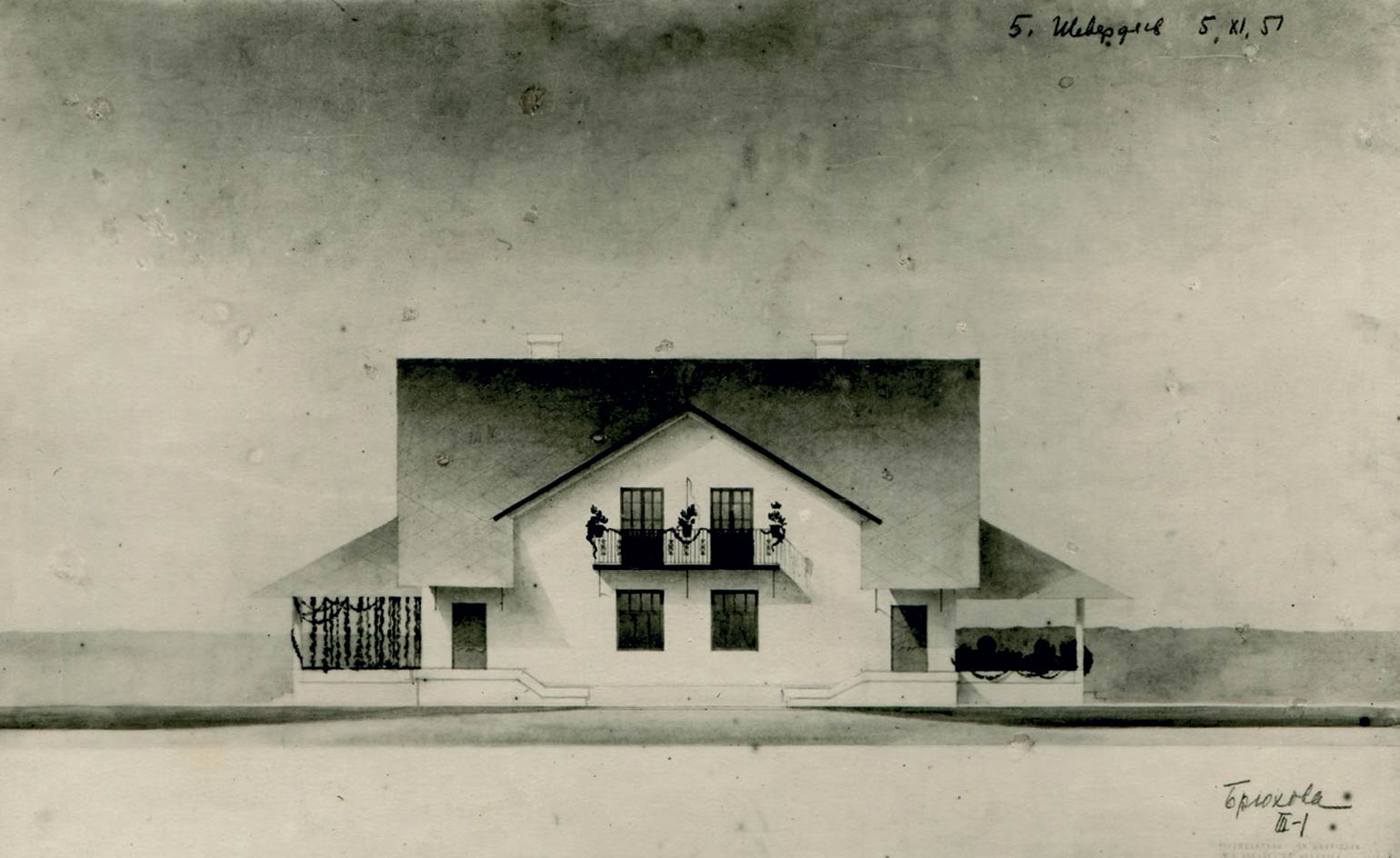
One of Balashova's study designs for a two-family house from 1951.

Balashova working on the prototype of the Soyuz 19 space capsule which she designed in 1975.
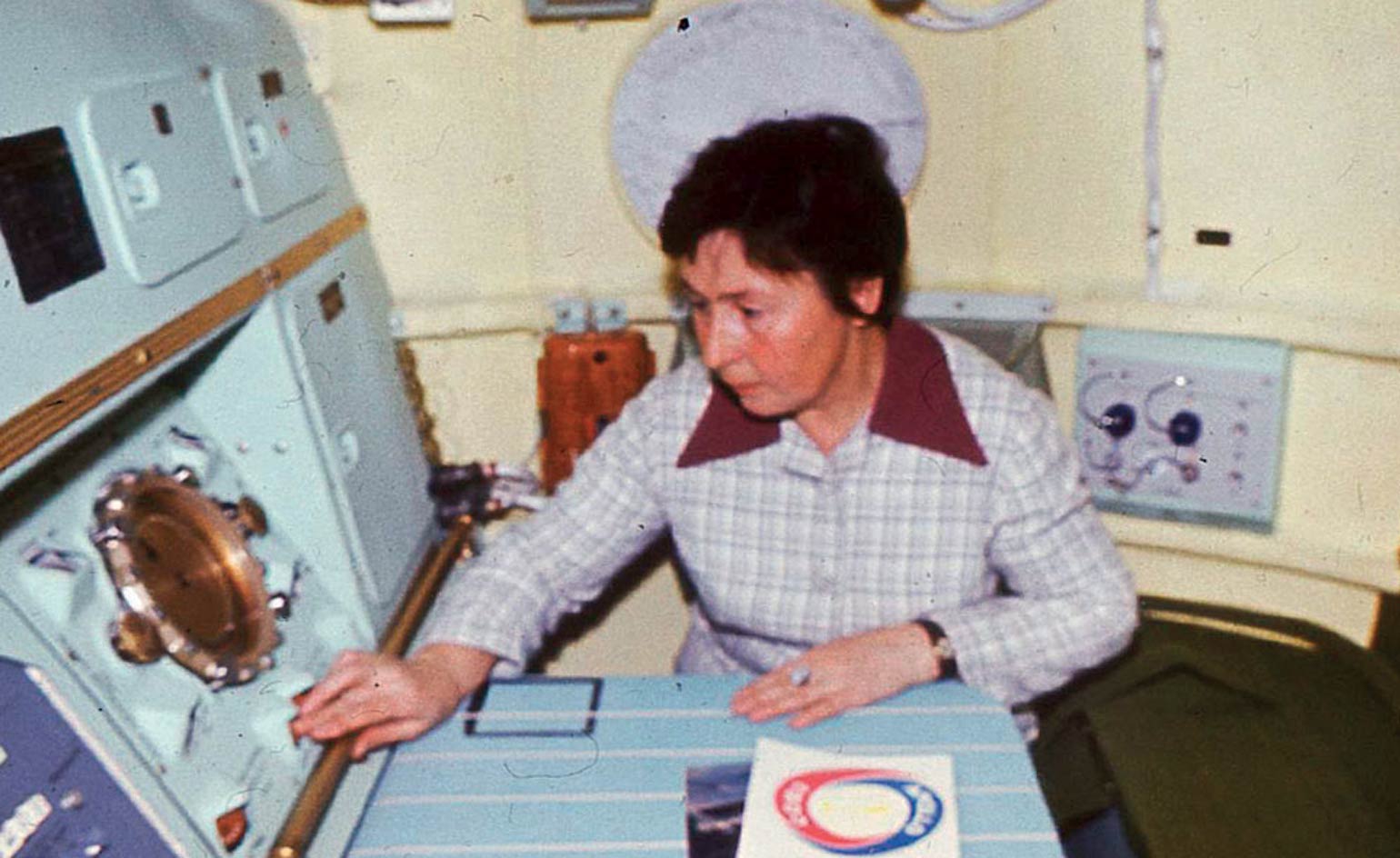
Here, she is pictured with watercolours from the construction era.
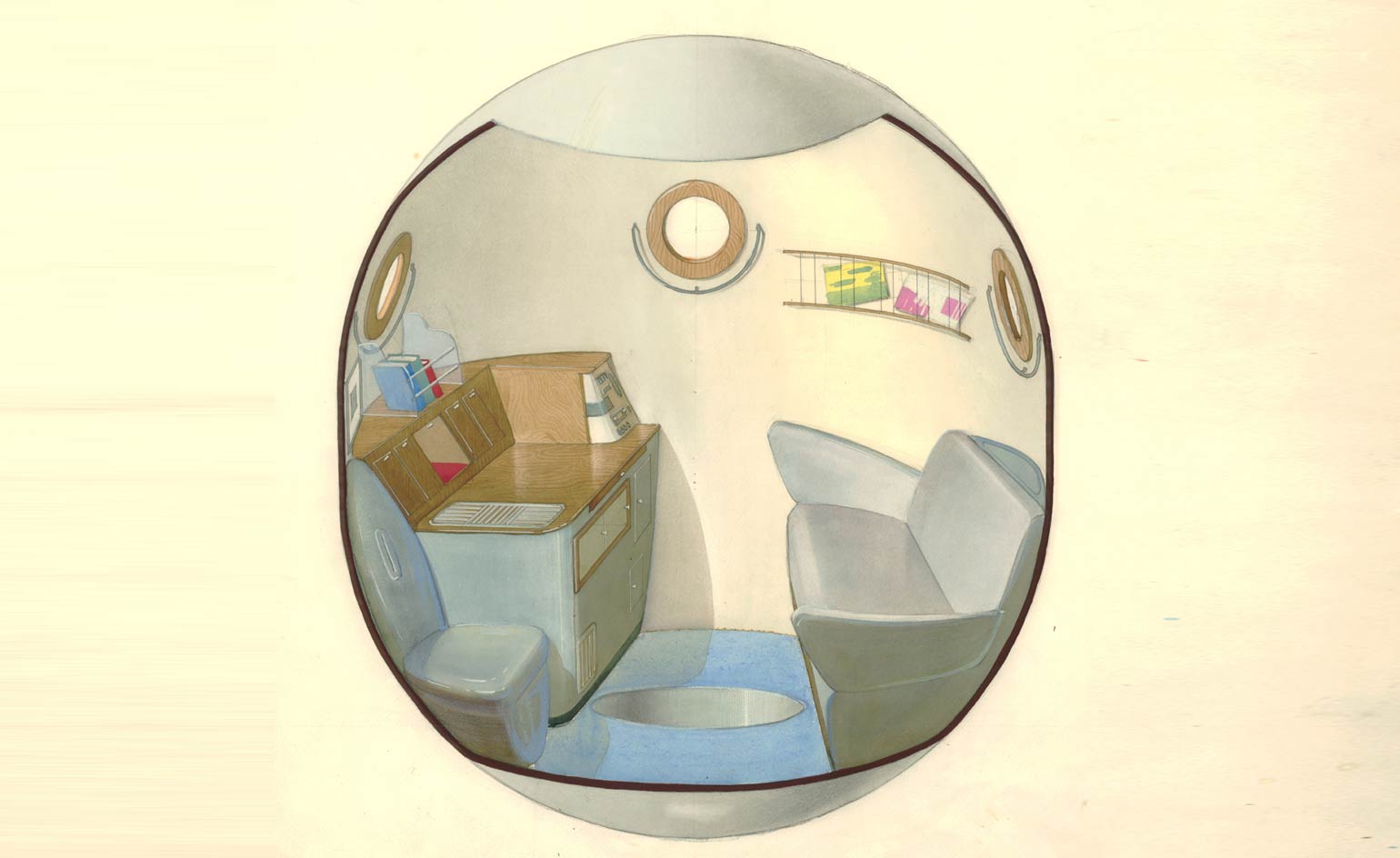
In progress: the initial design for the interiors of the Soyuz space capsule, 1963.
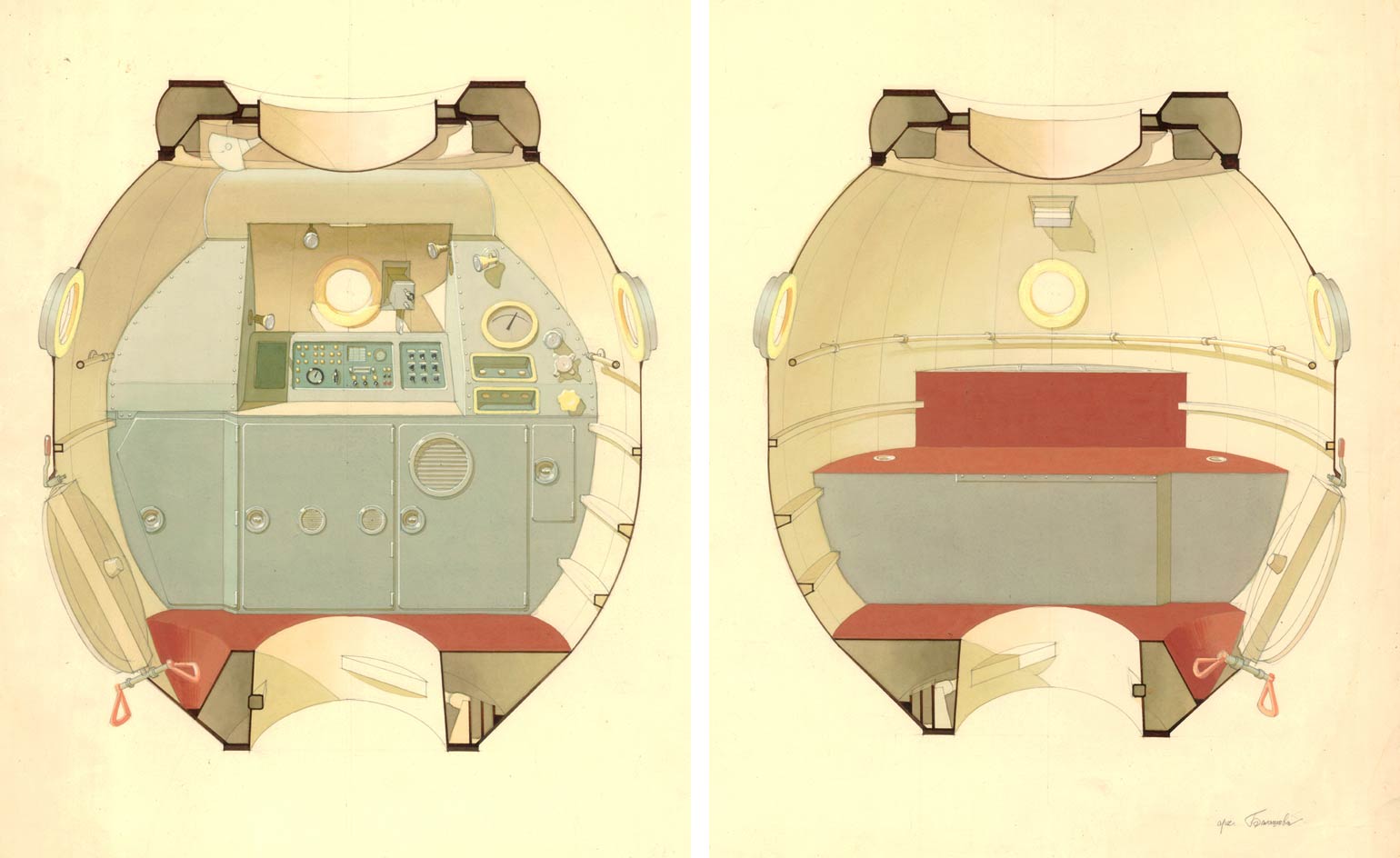
Design for the interior of the Soyuz T orbital module, with colour schemes, 1973.
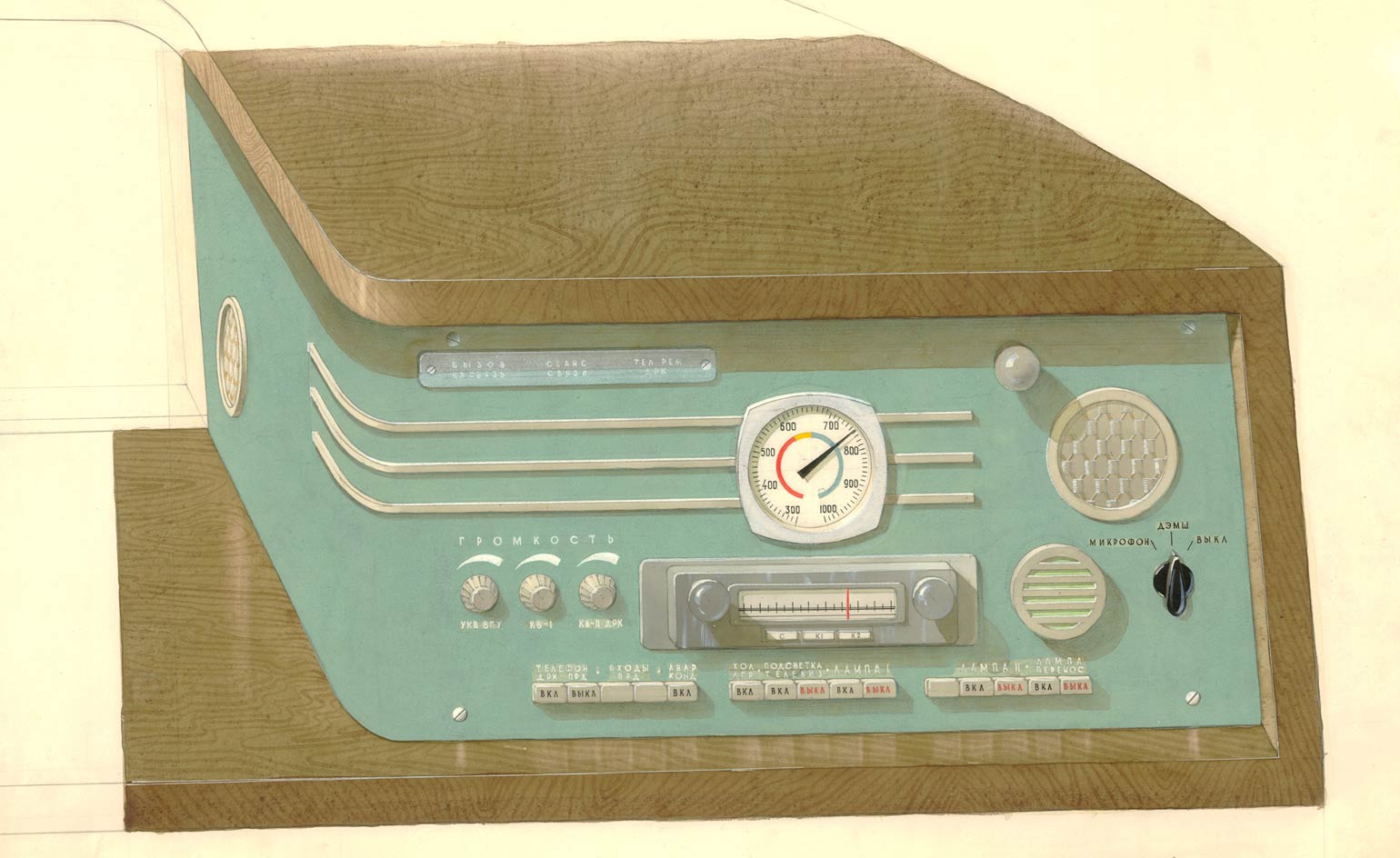
Details on a control panel in the Soyuz orbital model, 1964 – 1965.

Left: final emblem marking the cooperation with Afghanistan. Right: final interior designs for the cabin of the Mir space station, 1980.
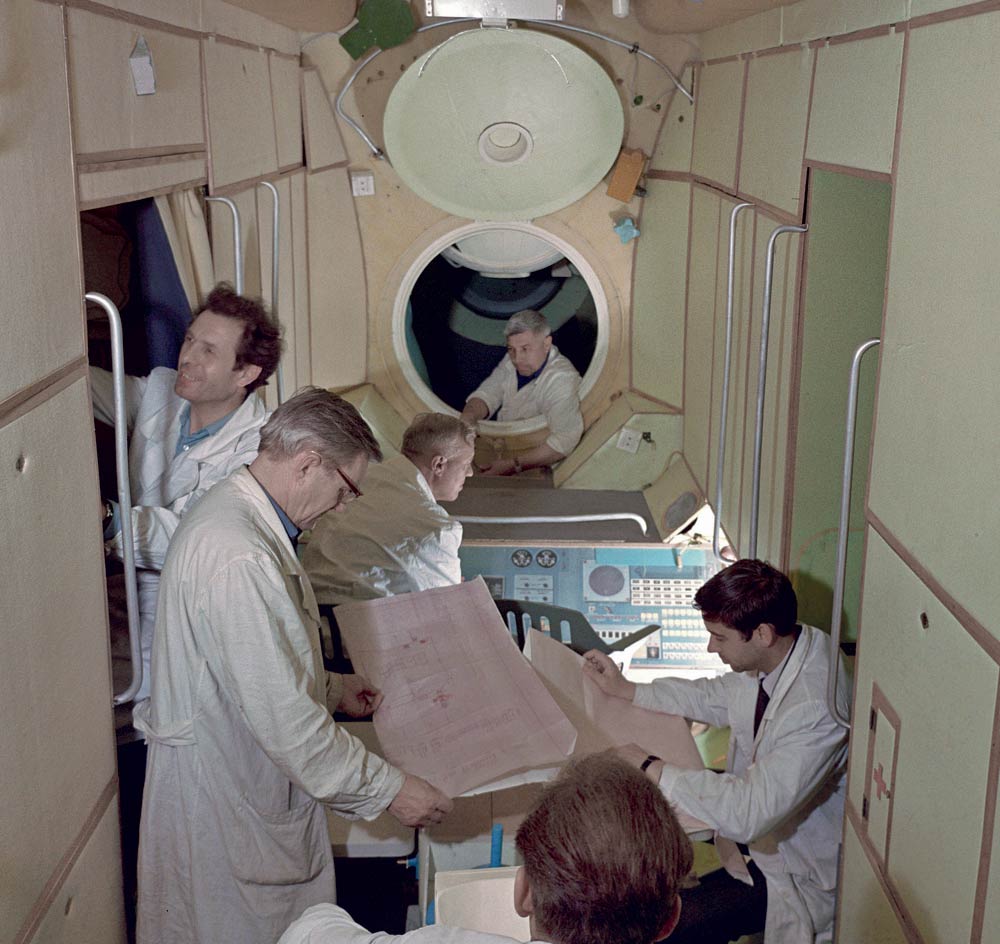
Engineers and assembly men working inside the Salyut space station, 1971.
Receive our daily digest of inspiration, escapism and design stories from around the world direct to your inbox.
Jonathan Bell has written for Wallpaper* magazine since 1999, covering everything from architecture and transport design to books, tech and graphic design. He is now the magazine’s Transport and Technology Editor. Jonathan has written and edited 15 books, including Concept Car Design, 21st Century House, and The New Modern House. He is also the host of Wallpaper’s first podcast.
-
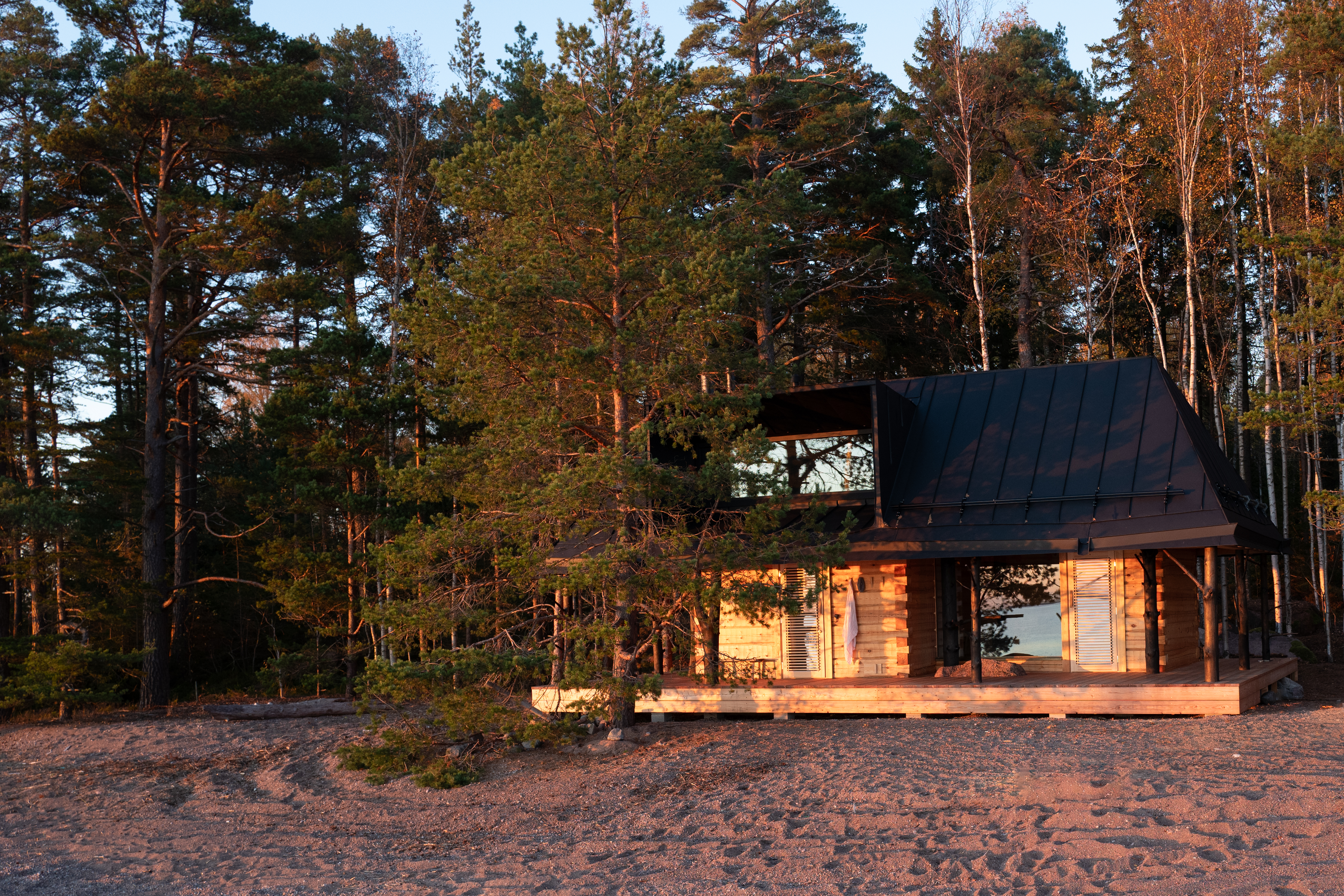 Wallpaper* Design Awards: this Finnish island sauna is Life-Enhancer of the Year 2026
Wallpaper* Design Awards: this Finnish island sauna is Life-Enhancer of the Year 2026Puusauna harnesses the power of trees, using whole trunks in its exquisite architecture by Jaakko Torvinen, which earns it a Wallpaper* Design Award
-
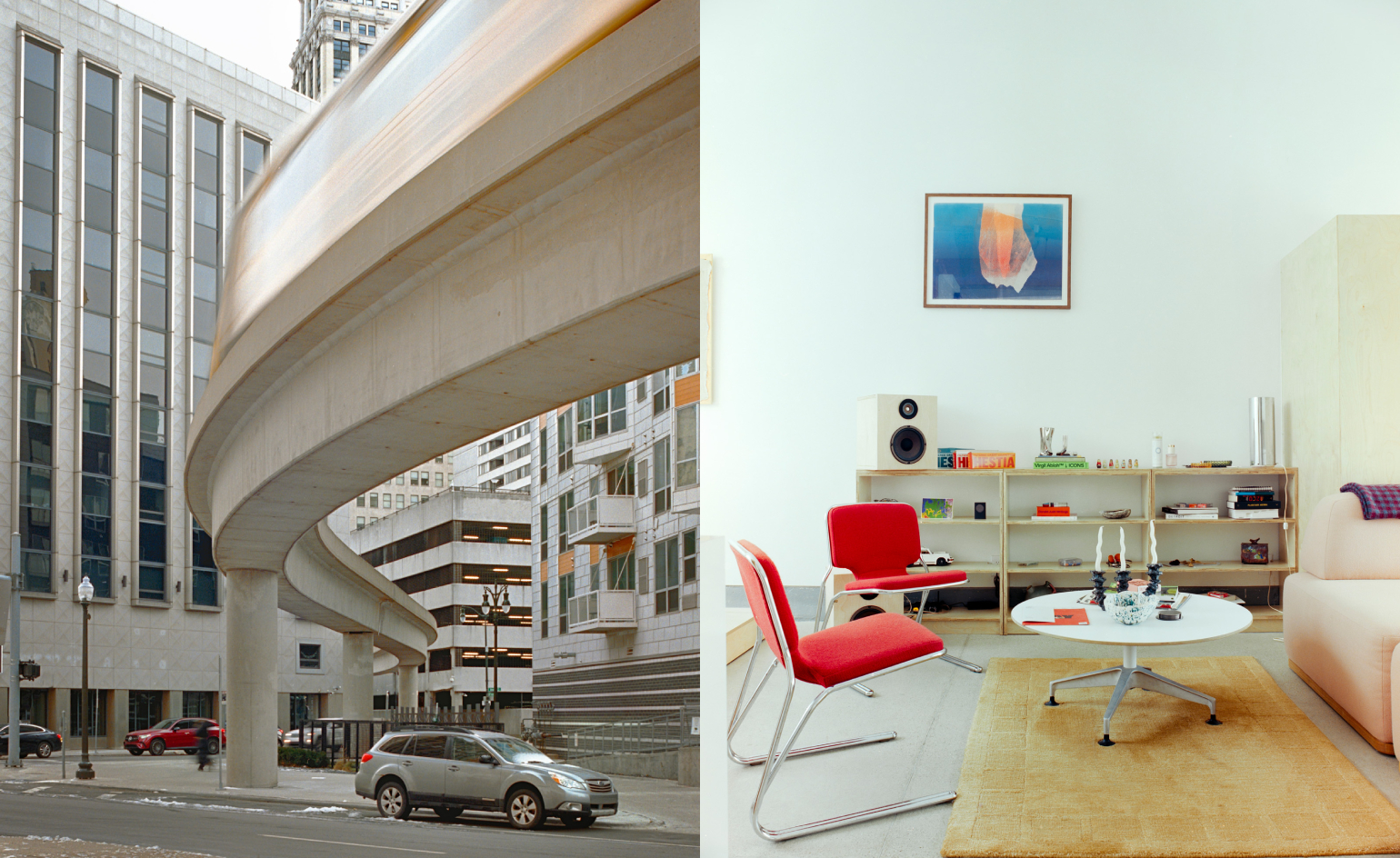 Wallpaper* Design Awards: Detroit is City of the Year 2026
Wallpaper* Design Awards: Detroit is City of the Year 2026Once a byword for urban distress, the Motor City is undergoing a fresh wave of regeneration, driven by progressive developers, design distinctions and dynamic investment
-
 Wallpaper* Design Awards: Willo Perron is Designer of the Year 2026
Wallpaper* Design Awards: Willo Perron is Designer of the Year 2026The mastermind behind some of the world’s most spectacular cultural moments, Willo Perron has been capturing the creative zeitgeist for 20 years. We interview the designer, honoured in the Wallpaper* Design Awards 2026